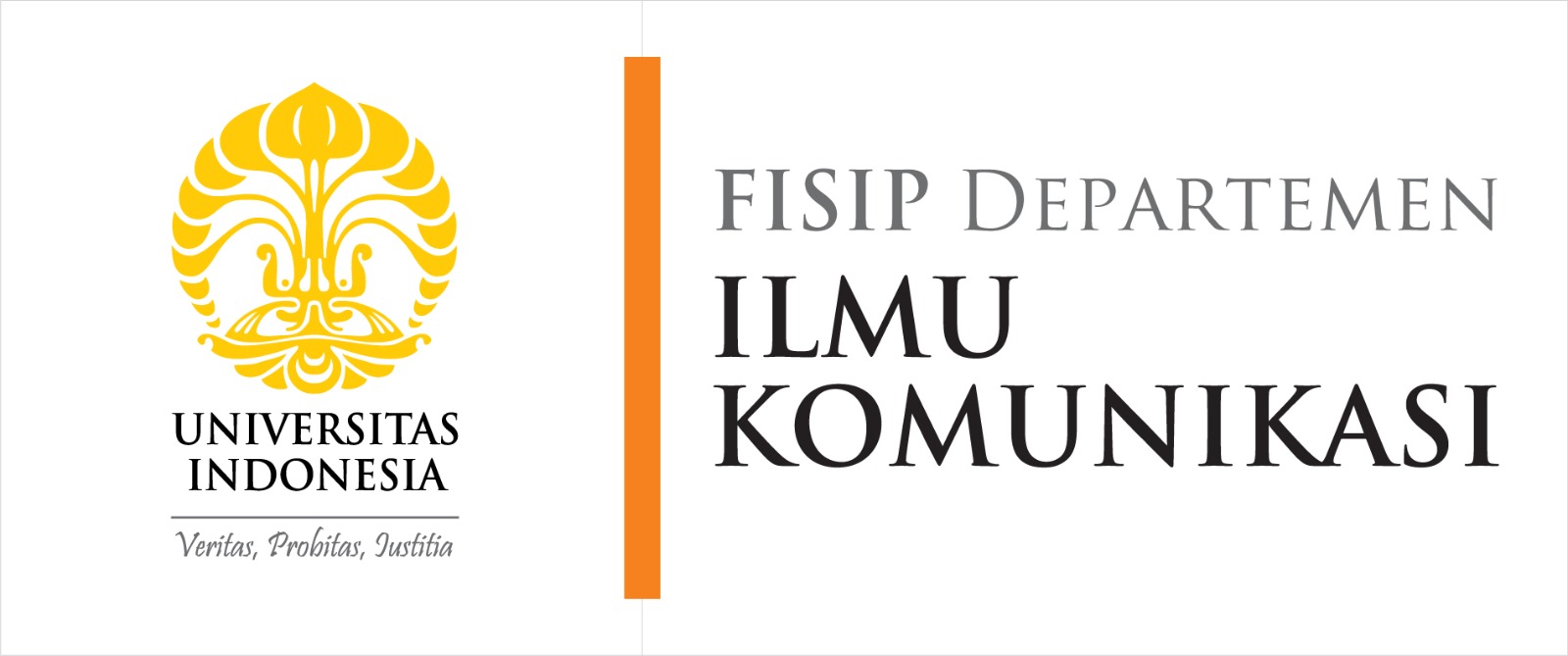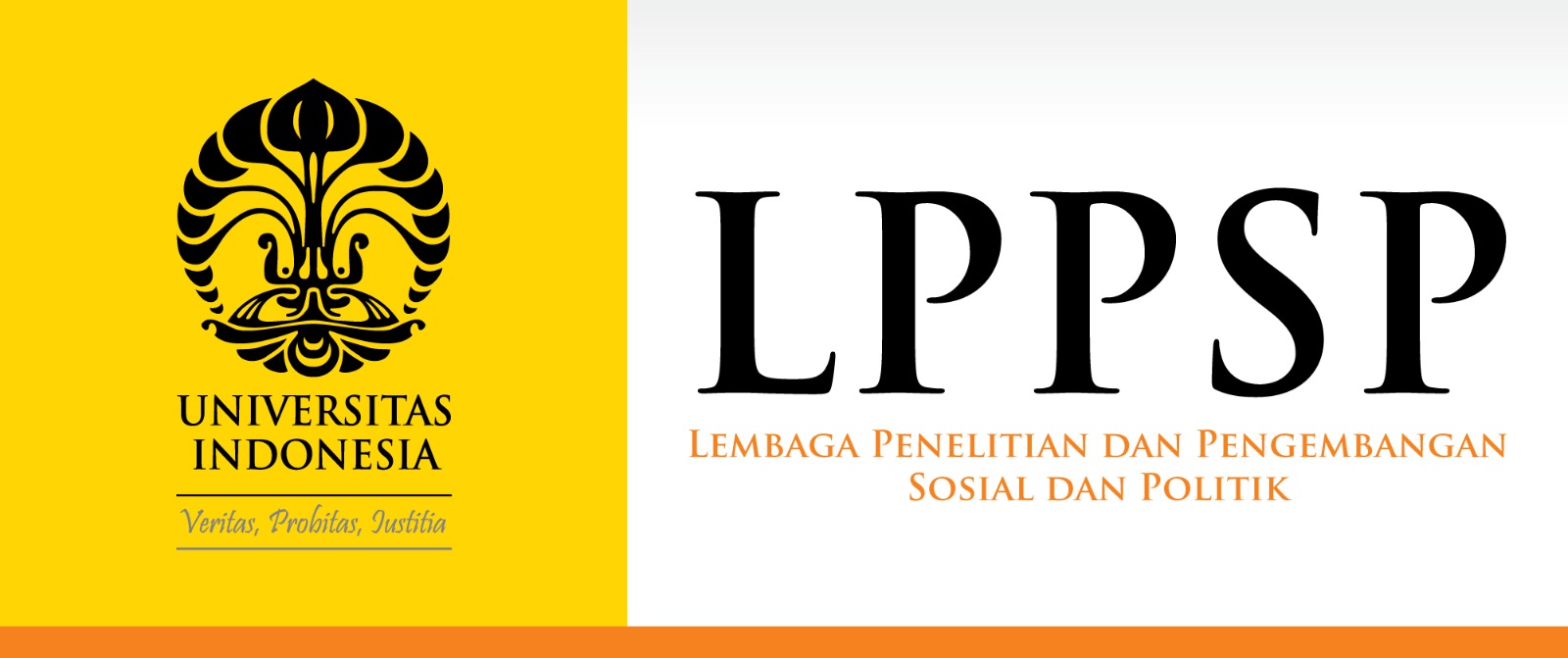JURNAL KOMUNIKASI INDONESIA
Abstract
Beberapa tahun belakangan ini, K-Pop menjadi suatu fenomena yang menarik perhatian banyak orang. Dengan dibantu oleh keberadaan media sosial, penggemar K-Pop mengambil peran peningkatan popularitas dari K-Pop itu sendiri serta perkembangannya menjadi suatu industri yang besar. Penelitian ini membahas mengenai faktor-faktor yang mempengaruhi keterlibatan audiens dari penggemar grup idola BTS remaja di media sosial. Penelitian ini merupakan penelitian kuantitatif dengan metode pengumpulan data berupa survei daring menggunakan Survey UI. Jumlah responden penelitian ini adalah 131 responden, yang didasari oleh oleh teknik random sampling. Dengan menggunakan teknik analisis regresi linear berganda, didapatkan hasil bahwa keterlibatan audiens penggemar BTS remaja di media sosial dipengaruhi oleh faktor media dan faktor situasional. In recent years, K-Pop has become a phenomenon that has caught the attention of many people. Supported by the social media, K-Pop fans play a role in increasing the popularity of K-Pop itself and its development into a large industry. This research discusses the factors which influence the audience involvement of youth fans of idol group BTS on social media. This research is a quantitative study with data collection method of online surveys using Survey UI. The number of respondents in this study is 131 respondents, who were selected based on random sampling techniques. By using multiple linear regression analysis techniques, the results show that the involvement of youth fans of BTS on social media is influenced by media and situational factors.
References
Bae, H. & Lee, B. (2004). Audience involvement and its antecedents: An analysis of the electronic bulletin board messages about an entertainment- education drama on divorce in Korea. Asian Journal of Communication, 14(1), 6-21.
Brown, W. J. (2015). Examining Four Processes of Audience Involvement With Media Personae: Transportation, Parasocial Interaction, Identification, and Worship. Communication Theory, 25(3), 259–283. https://doi.org/10.1111/comt.12053
Cohen, J. (2001). Defining Identification: A Theoretical Look at the Identification of Audiences With Media Characters. Mass Communication & Society, 4(3), 245–264.
Cohen, J. (2008). Identification. The International Encyclopedia of Communication 1st Ed. DOI: 10.1002/9781405186407.wbieci002
Kumparan. (2017, January 6). Fanatisme Fans K-Pop: Candu dan Bumbu Remaja. Diakses dari https://kumparan.com/kumparank-pop/fanatisme-fans-k-pop-candu-dan-bumbu- remaja/full
Ferri, A. J. (2007). Willing Suspension of Disbelief: Poetic Faith in Film. United Kingdom: Lexington Books.
Fulk, J., Schmitz, J., & Steinfeld, C. W. (1990). A social influence model of technology use. In J, Fulk. & C. Steinfeld (Eds.), Organizations and communications technology (pp. 117–140). Newbury Park, CA: Sage.
Green, M. C. & Brock, T. C. (2000). The Role of Transportation in the Persuasiveness of Public Narrative. Journal of Personality and Social Psychology, 79(5), 701-21.
Green, M. C. & Clark, J. L. (2012). Transportation into narrative worlds: implications for entertainment media influences on tobacco use. Addiction, 208(3), 477-484. doi:10.1111/j.1360-0443.2012.04088.x
Hoffner, C. (2002). Attachment to Media Characters. New York: Macmilian Reference.
Horton, D., & Wohl, R. R. (1956). Mass communication and para-social interaction. Psychiatry: Journal for the Study of Interpersonal Processes, 19, 215–229.
IFPI. (2019, April 2). IFPI Global Music Report 2019. Diakses dari https://www.ifpi.org/news/IFPI-GLOBAL-MUSIC-REPORT-2019&lang=en
Wowkeren.com. (2019, August 23). Inilah 10 Negara Dengan K-Pop Stan Terbesar Tahun 2019 Berdasarkan Data YouTube, Ada Indonesia?. Diakses dari https://www.wowkeren.com/berita/tampil/00269788.html
Wikiwand. (n.d.). K-Pop. Diakses dari https://www.wikiwand.com/en/K-pop
Kelman, H. C. (1958). Compliance, identification, and internalization: Three processes of attitude change. Journal of Conflict Resolution 2(1), 51-60.
Kim, B. (2015). Past, Present and Future of Hallyu (Korean Wave). American International Journal of Contemporary Research, 5(5), 154-160.
Leksmono, D. L. D. (2016). The Process Of Audience Involvement With The Media Personae On The Film Of “Descendants Of The Sun” Among Young Female Indonesian Viewers. Journal of Education and Social Science , 4, 219- 224.
Maur-Anne. (2016, November 17). Who is the K-Pop audience 2.0?: "I love K-Pop" the global survey's results. Diakses dari https://maur-anne.com/ilovekpop/
Monroe, M. C. & Adams, D. C. (2012). Increasing Response Rates to Web- Based Surveys. Journal of Extension, 50(6), 6TOT7.
Moyer-Guse, E. (2015). Extending the Examination of Audience Involvement With Media Personae: Response to Brown. Communication Theory, 25(3), 284-289. https://doi.org/10.1111/comt.12071
Muriyatmoko, D. (2018). Analisa Volume Terhadap Sitasi Menggunakan Regresi Linier Pada Jurnal Bereputasi di Indonesia. Jurnal Ilmiah SimanteC, 6(3), 129- 134.
Murphy, Sheila T. et al. (2013). Narrative Versus Non-narrative: The Role of Identification, Transportation and Emotion in Reducing Health Disparities. Journal of Communication, 63(1), 116-137.
Neuman, W. L. (2014). Social Research Methods: Qualitative and Quantitative Approaches (7th Ed.). Essex: Pearson.
Perse, E. M. (1987). Involvement with Local Television News: Cognitive and Emotional Dimensions. Human Communication Rcsearch, 16(4), 556-581.
Putri, Aditya Widya. (2020, Januari 10). Penggemar K-Pop Indonesia adalah Ladang Emas Oppa Korea. Diakses dari https://tirto.id/penggemar-k-pop-indonesia- adalah-ladang-emas-oppa-korea-eroc
Rasmussen, L. (2018). Parasocial Interaction in the Digital Age: An Examination of Relationship Building and the Effectiveness of YouTube Celebrities. The Journal of Social Media in Society, 7(1), 280-294.
Rumpf, R. E. (2012). The Predictors of Parasocial Interaction and Their Effects on Perceived Persuasiveness. (Thesis). San Diego State University, California.
Sawyer, Susan M. et al. (2018). The Age of Adolescence. The Lancet Child & Adolescent Health (2) 3, 223-228.
Sood, S. & Rogers, E. M. (2000) Dimensions of Parasocial Interaction by Letter-Writers to a Popular Entertainment-Education Soap Opera in India. Journal of Broadcasting & Electronic Media, 44(3), 386-414.
Sood, S. (2002). Audience Involvement and Entertainment-Education. Communication Theory, 12(2), 153-172.
Stever, G. S. (2011). Fan Behavior and Lifespan Development Theory: Explaining Para-social and Social Attachment to Celebrities. Journal of Adult Development 18(1), 1-7.
Suntikul, W. (2019, March 1). BTS and the Global Spread of Korean Soft Power. Diakses dari https://thediplomat.com/2019/03/bts-and-the-global-spread-of-korean-soft-power/
Tal-Or, N. & Cohen, J. (2010). Understanding audience involvement: Conceptualizing and manipulating identification and transportation. Poetics, 38(4), 402-418.
Recommended Citation
Hutauruk, Yolanda Gloria and Salamah, Ummi
(2020)
"Factors Influencing Youth Audience Involvement (A study on BTS Fans who Follow @army_indonesia Instagram account),"
JURNAL KOMUNIKASI INDONESIA: Vol. 9:
No.
2, Article 1.
DOI: 10.7454/jki.v9i2.12774
Available at:
https://scholarhub.ui.ac.id/jkmi/vol9/iss2/1
Included in
Gender, Race, Sexuality, and Ethnicity in Communication Commons, International and Intercultural Communication Commons, Social Influence and Political Communication Commons




